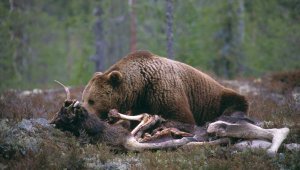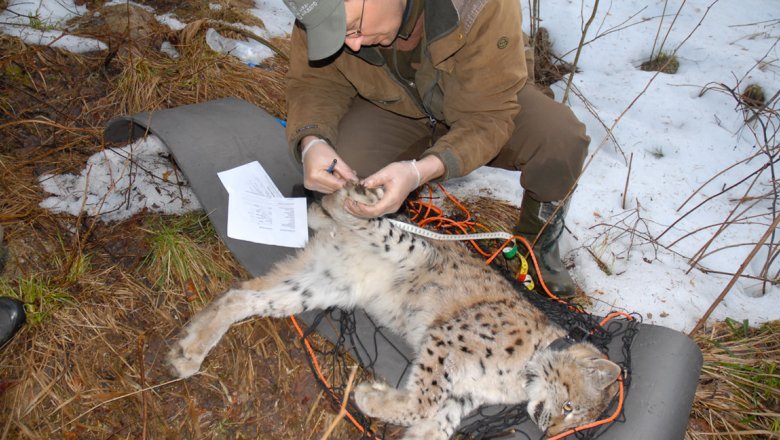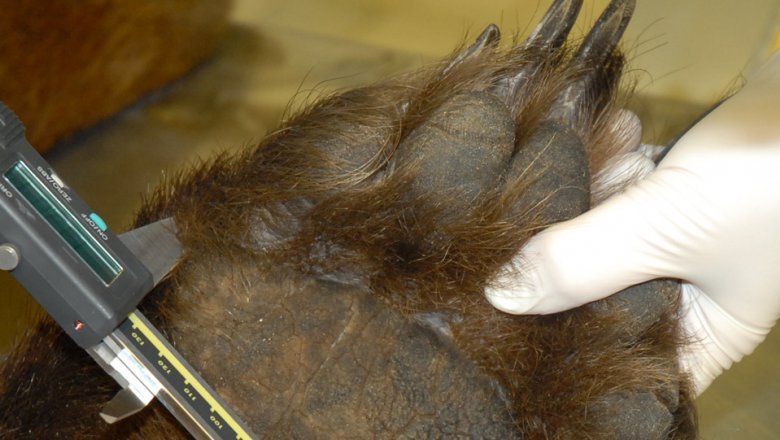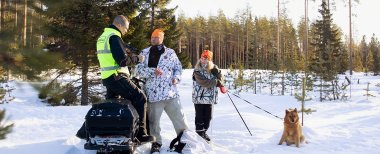Luke is responsible for large carnivore research in Finland
Natural Resources Institute Finland (Luonnonvarakeskus, or Luke) is the organisation responsible for monitoring and researching large carnivores in Finland. Different universities are also conducting research projects involving large carnivores in different parts of the country.
The research results are used as the basis of population management activities. In recent years the most important target species for large carnivore research have been the brown bear and the wolf.
Estimating the numbers of large carnivores
In Finland, the monitoring of large carnivore populations is based on several methods which vary somewhat between species. Natural Resources Institute Finland's (Luke) estimates on the numbers of animals are primarily based on sighting data collected by a volunteer organisation consisting of the contact persons of regional game management associations. Other utilised methods include on-the-ground censuses made by hunters, large carnivore sightings logged by moose hunters and the so-called wildlife triangle method. Natural Resources Institute Finland produces annual estimates of the size, reproduction yield and hunting prospects of large carnivore populations. Read more about estimating the numbers of large carnivors.
Ecological research
National Resources Institute Finland (Luke) is the most important centre for large carnivore research in Finland. Luke conducts research in cooperation with many other organisations. The results of this research form the basis for the Finnish Ministry of Agriculture and Forestry's population management decisions. Above all, ecological research into large carnivores aims to increase the reliability of population estimates with the help of migration and territory data, to collect information on the behaviour of large carnivores and to determine the genetic makeup of our predator populations. Read more about ecological research.
Sociological research
During the past few decades, large carnivores have been the subject of repeating and multifaceted debates. There have been significant disagreements between people representing different interests, values and attitudes about large carnivores, especially the wolf, but the lynx and the bear have also become widely discussed in recent years. These discussions are taking place in the context of people beginning to perceive large carnivores as endangered animals. Read more about sociological research.
DNA research and wolves
Genetic methods are used in wolf research to determine the purity of the species. DNA analysis is an internationally used method for recognising genetic differences and it has long since replaced comparisons made on the basis on external features. Read more about DNA research.



